Emetics and antiemetics
Vomiting is a complex reflex activity. A variety of antiemetic drugs can affect the different parts of vomiting reflex and have antiemetic effect such as inhibiting the chemical receptors, cerebral cortex, and ear vestibular device or directly act on the vomiting center. So medication should be chosen according to the effecting part of the medicine.
In general, antiemetic drugs' effectiveness of preventing vomiting is better than therapy, especially for motion sickness, radiation sickness or chemotherapy-induced vomiting. The antiemetic used for vomiting of pregnancy should be chosen carefully. Generally we only use diphenhydramine, tea diphenhydramine and etc. Only in severe vomiting situation could phenothiazine be applied.
Commonly used antiemetic drugs include: 1, phenothiazine such as chlorpromazine and thiethylazine (spit to anti), etc. on. 2, antihistamines such as diphenhydramine, tea diphenhydramine, etc. 3, other such as scopolamine, metoclopramide (metoclopramide) (see also: "29: digestants, antibloat agents and gastrointestinal motor function regulating drugs"), and 5-HT3 receptor blockers. Emetic drugs are mainly used in helping the patients who have suffered a acute intoxication to spew the toxins in there stomach. Its vomiting effect mainly takes effect by exciting the central emetic chemical receptors, such as apomorphine could stimulate the digestive tract and irritate the vomiting center. At present, emetic drugs are gradually replaced by gastro-lavage.
- Structure:
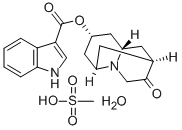
- Chemical Name:Dolasetron mesylate
- CAS:115956-13-3
- MF:C20H26N2O7S
- Structure:
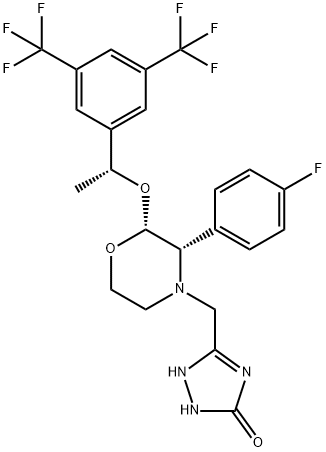
- Chemical Name:Aprepitant
- CAS:170729-80-3
- MF:C23H21F7N4O3
- Structure:
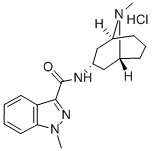
- Chemical Name:Granisetron Hydrochloride
- CAS:107007-99-8
- MF:C18H25ClN4O
- Structure:
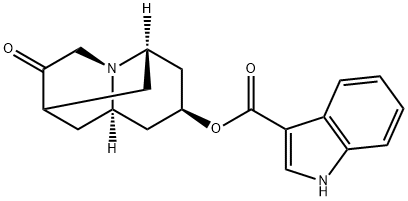
- Chemical Name:dolasetron
- CAS:115956-12-2
- MF:C19H20N2O3
- Structure:

- Chemical Name:MOSAPRIDE CITRATE DIHYDRATE
- CAS:636582-62-2
- MF:C27H33ClFN3O10
- Structure:
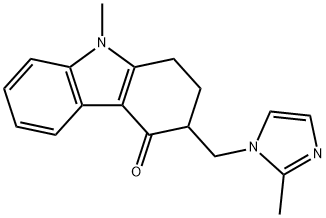
- Chemical Name:Ondansetron
- CAS:99614-02-5
- MF:C18H19N3O
- Structure:
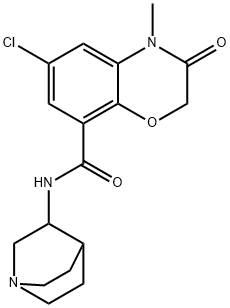
- Chemical Name:Azasetron hydrochloride
- CAS:123040-69-7
- MF:C17H20ClN3O3
- Structure:

- Chemical Name:Difenidol hydrochloride
- CAS:3254-89-5
- MF:C21H27NO
- Structure:
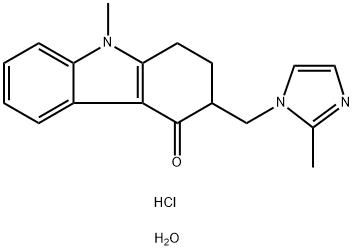
- Chemical Name:Ondansetron hydrochloride
- CAS:103639-04-9
- MF:C18H22ClN3O2
- Structure:

- Chemical Name:Itopride hydrochloride
- CAS:122892-31-3
- MF:C20H27ClN2O4
- Structure:
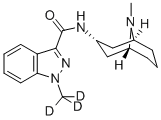
- Chemical Name:Granisetron
- CAS:109889-09-0
- MF:C18H24N4O
- Structure:
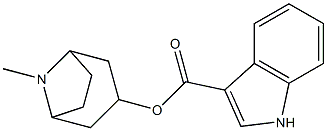
- Chemical Name:Tropisetron
- CAS:89565-68-4
- MF:C17H20N2O2
- Structure:

- Chemical Name:Mosapride
- CAS:112885-41-3
- MF:C21H25ClFN3O3
- Structure:
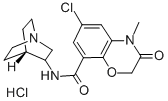
- Chemical Name:Azasetron hydrochloride
- CAS:123040-16-4
- MF:C17H21Cl2N3O3
- Structure:

- Chemical Name:Chlorobutanol
- CAS:57-15-8
- MF:C4H7Cl3O
- Structure:

- Chemical Name:Difenidol
- CAS:972-02-1
- MF:C21H27NO
- Structure:
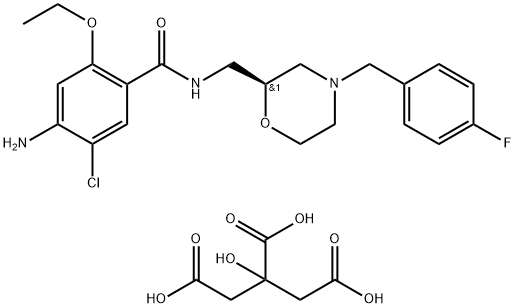
- Chemical Name:Mosapride citrate dihydrate
- CAS:156925-25-6
- MF:C27H33ClFN3O10
- Structure:
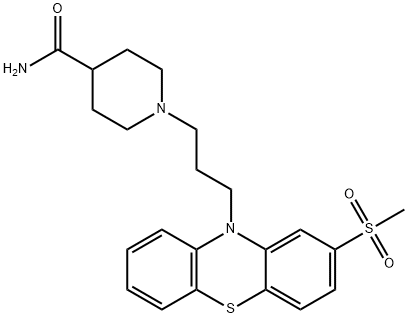
- Chemical Name:metopimazine
- CAS:14008-44-7
- MF:C22H27N3O3S2
- Structure:
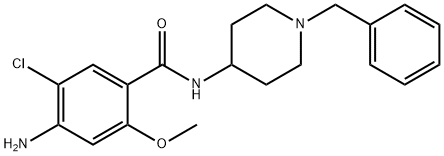
- Chemical Name:Clebopride
- CAS:55905-53-8
- MF:C20H24ClN3O2
- Structure:
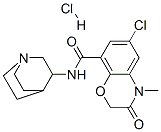
- Chemical Name:AZASETRON HYDROCHLORIDE
- CAS:141922-90-9
- MF:C17H21Cl2N3O3
- Structure:
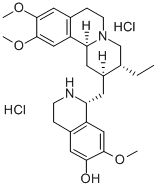
- Chemical Name:CEPHAELINE HYDROCHLORIDE
- CAS:3738-70-3
- MF:C28H40Cl2N2O4
- Structure:

- Chemical Name:Itopride
- CAS:122898-67-3
- MF:C20H26N2O4
- Chemical Name:ONDANSETRON FOR LC SYSTEM SUITABILITY
- CAS:
- MF:
- Structure:
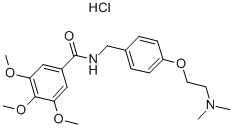
- Chemical Name:TRIMETHOBENZAMIDE HYDROCHLORIDE
- CAS:554-92-7
- MF:C21H29ClN2O5
- Structure:
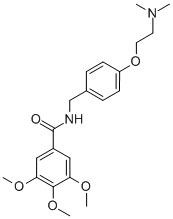
- Chemical Name:Trimethobenzamide
- CAS:138-56-7
- MF:C21H28N2O5
- Structure:
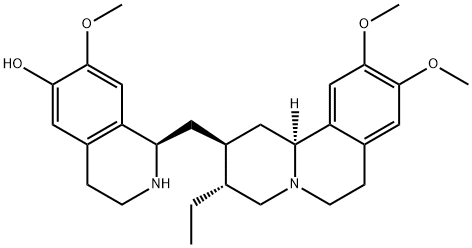
- Chemical Name:cephaeline
- CAS:483-17-0
- MF:C28H38N2O4
- Structure:
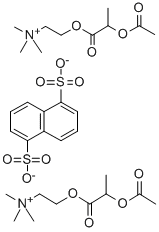
- Chemical Name:Aclatonium napadisilate
- CAS:55077-30-0
- MF:C30H44N2O14S2
- Structure:
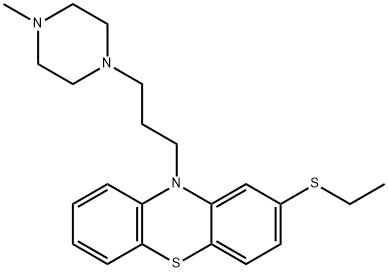
- Chemical Name:thiethylperazine
- CAS:1420-55-9
- MF:C22H29N3S2
- Structure:
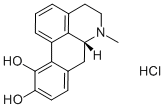
- Chemical Name:APOMORPHINE HYDROCHLORIDE
- CAS:314-19-2
- MF:C17H18ClNO2
- Structure:
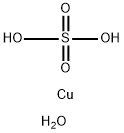
- Chemical Name:Copper sulfate monohydrate
- CAS:10257-54-2
- MF:CuH4O5S
- Structure:
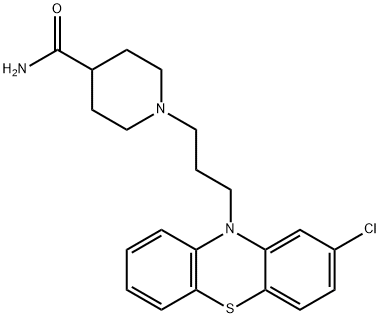
- Chemical Name:pipamazine
- CAS:84-04-8
- MF:C21H24ClN3OS